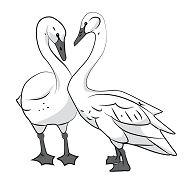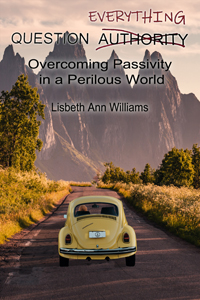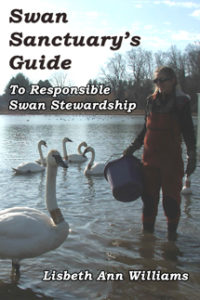I watched a fascinating program on Nature last night. What scientists have learned, thanks to the pioneering discovery of Bob Pain, is that Nature can be our ally in restoring those ecosystems that have been seriously downgraded. In bringing back what he has termed keystone species, Nature can heal herself.
Pain’s work with miniature tide pools, combined with the work of Jim Estes, marine biologist, Mary Power, fresh water biologist, John Terborgh, forest biologist, and Tony Sinclair, grassland biologist of the Serengeti, has revealed that nature works from the top down, rather than from the bottom up. Every ecosystem has its keystone species, which are vital to maintaining the balance of that ecosystem. Keystone species are the top species, but not necessarily predators. When the keystone is removed, other species become invasive and take over the entire ecosystem which then begins to decay.
Bob Pain had discovered that when the keystone starfish, the biggest predator in a tide pool, was removed; the mussels took over. Jim Estes learned that where there were no otters to keep the sea urchins in check, the kelp forests were quickly gobbled up and disappeared. Mary Power showed that where the large mouthed bass were taken away, everything was soon devoured by the minnows. John Terborgh observed in Venezuela that where the army ants were missing, the leaf cutters demolished the forest. The loss of biodiversity leads to the downgrading of the ecosystem. He tells us that, “The removal of predators leads to the deterioration of the whole system.”
In Yellowstone National Park, since the return of wolves, that ecosystem is now beginning to recover. Beavers, which are a keystone species for wetlands, are recolonizing the area and many bird species are returning to the area. Mozambique, Africa had been ravaged by war for fifteen years, leaving it barren and with 95% of all the animals – predator and prey – gone. It is recovering now as the few predators, lions, have been protected and another predator, wild dogs have been introduced. With enough predators, overgrazing has been eliminated and vegetation is returning to the area, as well. The important point here is that Nature can heal herself if we return the predators and the keystone species to their original homes. These scientists are using science to understand how nature works – not simply to dissect her into infinitesimal pieces. To understand the world, we must look at the big picture. If we are only looking through a microscope, we may miss seeing the forest for the trees. The discoveries of these scientists warm my heart and for the first time in a long time, I feel hopeful about our ability to heal our planet.



